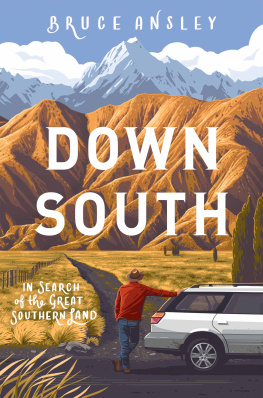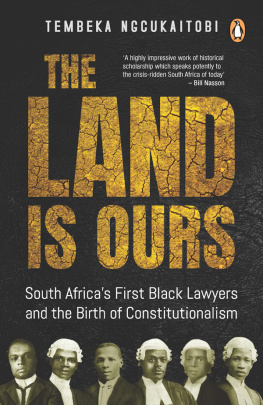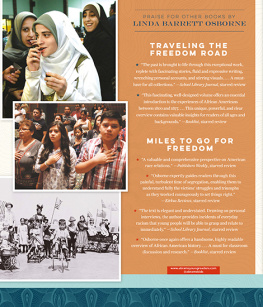Albert E. Cowdrey - This Land, This South: An Environmental History
Here you can read online Albert E. Cowdrey - This Land, This South: An Environmental History full text of the book (entire story) in english for free. Download pdf and epub, get meaning, cover and reviews about this ebook. year: 2021, publisher: University Press of Kentucky, genre: Art. Description of the work, (preface) as well as reviews are available. Best literature library LitArk.com created for fans of good reading and offers a wide selection of genres:
Romance novel
Science fiction
Adventure
Detective
Science
History
Home and family
Prose
Art
Politics
Computer
Non-fiction
Religion
Business
Children
Humor
Choose a favorite category and find really read worthwhile books. Enjoy immersion in the world of imagination, feel the emotions of the characters or learn something new for yourself, make an fascinating discovery.

- Book:This Land, This South: An Environmental History
- Author:
- Publisher:University Press of Kentucky
- Genre:
- Year:2021
- Rating:3 / 5
- Favourites:Add to favourites
- Your mark:
This Land, This South: An Environmental History: summary, description and annotation
We offer to read an annotation, description, summary or preface (depends on what the author of the book "This Land, This South: An Environmental History" wrote himself). If you haven't found the necessary information about the book — write in the comments, we will try to find it.
Here is the story of the long interaction between humans, land, and climate in the American South. It is a tale of exploitation and erosion, of destruction, disease, and defeat, but also of the persistent search for knowledge and wisdom. It is a story whose villains were also its victims and sometimes its heroes.
Ancient forces created the southern landscape, but, as Albert E. Cowdrey shows, humankind from the time of earliest habitation has been at work reshaping it. The southern Indians, far from being the natural ecologists of myth, radically transformed their environment by hunting and burning. Such patterns were greatly accelerated by the arrival of Europeans, who viewed the land as a commodity to be exploited for immediate economic benefit. Their greed and ignorance took a heavy toll on the land and all those it supported.
Climate, interacting with history, also played its part. The diseases brought to the New World from Europe and later from Africa found in the South a warm and hospitable abode, with devastating consequences for its human inhabitants. Until well into the twentieth century, endemic illnesses continually eroded human resources.
Cowdrey documents not only the long decline but the painfully slow struggle to repair the damage of human folly. The eighteenth century saw widespread though ineffectual efforts to protect game and conserve the soil. In the nineteenth century the first hesitant steps were taken toward scientific flood control, forestry, wildlife protection, and improved medicine.
In this century, the New Deal, the explosion in scientific knowledge, and the national environmental movement have spurred more rapid improvements. But the efforts to harness the Souths great rivers, to save its wild species, and to avert serious environmental pollution have often had equivocal results.
This Land, This South, first published in 1983, was the first book to explore the impact of humans on the southern landscape and its effect on them. In graceful and at times lyrical prose, Albert Cowdrey brings together a vast array of information. This important book, now revised and updated, should be read by every person concerned with the past, present, and future of the South.
Albert E. Cowdrey: author's other books
Who wrote This Land, This South: An Environmental History? Find out the surname, the name of the author of the book and a list of all author's works by series.









